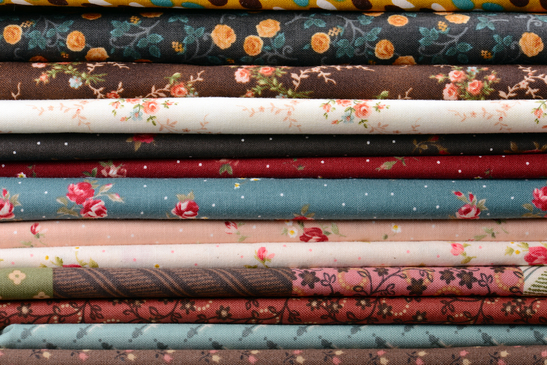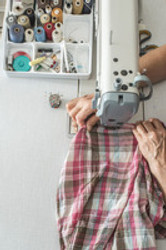How to Make Your Own Curtains
22nd Apr 2016
For DIY enthusiasts, crafting their own curtains is the ideal project to indulge in. Homemade curtains are a surefire way to give any room a facelift and instantly brighten or soften any living space. Plus, making your own curtains is an effective way to cut out the cost involved since premade panels can be expensive. DIY curtains can also be custom-made to fit your window.
Learn how to make DIY curtains from scratch with some creative DIY curtain ideas to enhance the look of your room.

Getting Started With DIY Curtain Ideas
1. Assess your needs
The first step is to take a look at your windows and make some decisions. You’ll need to answer some questions before you run to the store to purchase fabric.
Questions to consider:
- Do you want your homemade curtains to provide privacy?
- Are your curtains intended to be purely decorative?
- Would you like them to keep the heat in?
- Will they need to be thick or layered to keep light out?
Sometimes you may find that your needs overlap, such as wanting both privacy and aesthetic decor at the same time.
2. Measure windows
As a general rule of the thumb, remember that curtains should ideally be 1.5 to 3 times the width of the window. This allows your curtains to have more folds when they are fully closed.
Lengthwise, curtains need to fall below the window trim and also need to allow for the top and bottom hems. It is a good recommendation to leave a 3-5 inch hem at the bottom with an additional ½ an inch of fabric to fold before stitching.
For the top, leave a 2-inch hem that can serve as either a fold over top hem or a rod and pocket hem.

3. Calculate the amount of fabric needed
Decorator fabrics are usually 60 inches wide while non-decorator options will run about 45 inches. This gives you two options to choose from, keeping in mind that you will need to purchase enough extra fabric to measure 1.5 to 3 times the width of your window. You will also need to include the extra inches needed for the top and bottom hem.
4. Purchase fabric
How to make cheap curtains also involves buying reasonably priced fabric. Based on your careful calculations, purchase the fabric which best complements your room décor and serves your curtain needs. Since you will need quite a bit of fabric, make sure to check it thoroughly for any stains, tears, imperfections, or other issues.
5. Prepare fabric
Preshrink fabric before going into any cutting or sewing. This will prevent the curtains from shrinking or puckering later when washed. Carefully read over fabric instructions and shrink accordingly. At this point, is it recommended to run a stitch along the cut end of the fabric to stop any excessive unraveling in the water. Once dry, iron the fabric to make it wrinkle-free for optimal accuracy when cutting and sewing.

6. Cut and sew
Since curtains are essentially straight panels of fabric, the cutting part is not that difficult as long as you have measured the fabric accurately. So before putting scissors to the fabric, measure twice and cut once.
One suggestion is to lay out the fabric on a flat surface such as the dining table; the squared edges will act as a guide for your curtain. Another option is to lay out the fabric on the floor, mark with a fabric marker or chalk, and cut along the guide line.
Mark ends with a fabric marker to ensure a straight hem and iron hems before sewing. Work on side hems first, then tackle the top and bottom hems. It is always recommended to gently guide the fabric without pushing or pulling it through the sewing machine to minimize puckering.
7. Hang curtains and admire your handiwork
Iron your curtains once more before hanging to give them a natural fall and allow then to hang nicely. To complement your efforts, you can also opt to make matching DIY curtain tie backs to go with your new creation.
Is DIY too time consuming?
If your schedule is simply too busy to make your own curtains, then visit Linen Store for many budget-friendly and time saving options!
Linen Store offers a wide selection of window treatments including curtain panels, rods, and holdbacks to quickly and cost-effectively decorate your home.


